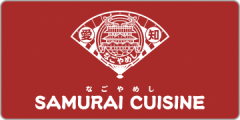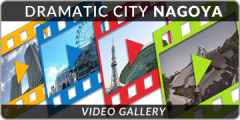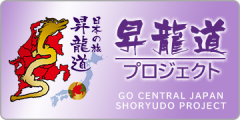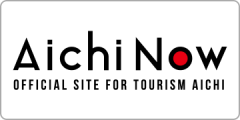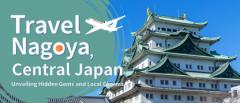- Home
- Sightseeing Spots
Sightseeing Spots
101 - 120 / 148 RESULTS
-
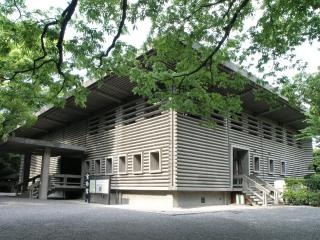
Southern Area
Atsuta Shrine Museum
About 4,000 historic items donated from the worshippers of Atsuta Jingu are maintained and exhibited. A total of 176 items are designated as national treasures, important cultural property, or Aichi prefectural cultural property. See More
About 4,000 historic items donated from the worshippers of Atsuta Jingu are maintained and exhibited. A total of 176 items are de…See More
-
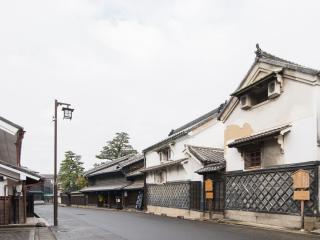
Southern Area
Hattori Family Residence (Arimatsu)
Registered Important Cultural Property of Aichi Prefecture. This is a mansion established in the late Edo era and consisting of one main building, one guest house, a gate, mon-nagaya (houses in a row with the gate), and six storehouses in the large site. Fire protection technology of those days is well preserved with the following architectural styles: renjikoshi, a kind of lattice window; namakokabe, a wall with square tiles jointed with raised plaster; mushikomado, a type of window containing a lattice like an insect cage; nurigome-zukuri, a process used to build a fire-resident wall; and udatsu, a short pillar set on a beam to support a ridgepole. House of Hattori is a representative building of Arimatsu. See More
Registered Important Cultural Property of Aichi Prefecture. This is a mansion established in the late Edo era and consisting of o…See More
-
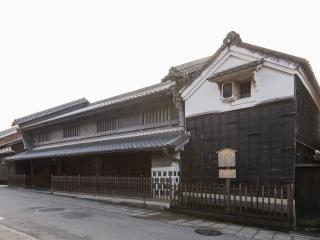
Southern Area
Kozuka Family Residence (Arimatsu)
A designated cultural property of Nagoya. Important townscape building. The House of Kozuka was built after the great fire of Tenmei occurred in Nagoya in 1784. The house consists of one main house, two storehouses, and one tea ceremony room. The following architectural styles are remarkably well preserved: renjikoshi, a kind of lattice window; namakokabe, a wall with square tiles jointed with raised plaster; mushikomado, a type of window containing lattice like an insect cage; nurigome-zukuri, a process used to build a fire-resistant wall; and udatsu, a short pillar set on a beam to support a ridgepole. A ring to tie horses that remains on the outer pillar recalls to mind the old days. See More
A designated cultural property of Nagoya. Important townscape building. The House of Kozuka was built after the great fire of Ten…See More
-
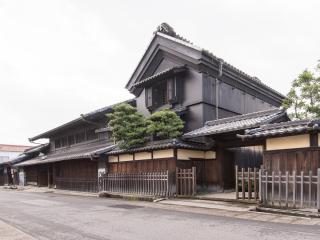
Southern Area
Takeda Family Residence (Arimatsu)
One of Nagoya City's designated cultural properties and buildings of scenic importance A well-preserved tie-dyeing merchant's townhouse-style residence, and one of the landmark buildings of Arimatsu on the Tokaido Road. The residence consists of the main house, three storehouses, one tea room, and a 26-mat shoin-zukuri tatami drawing room. The walls on the second floor are painted with black plaster to make them fire-resistant, and Meiji period lamps remain on the eaves. These meticulously preserved details offer a glimpse of a prosperous merchant house of that time. See More
One of Nagoya City's designated cultural properties and buildings of scenic importance A well-preserved tie-dyeing merchant's to…See More
-
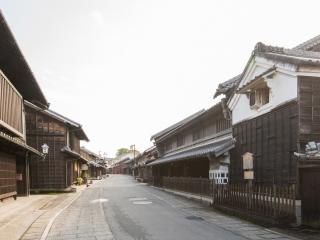
Southern Area
Historic Townscapes of Arimatsu
The village was established in 1608 between the post towns of Chiryu and Narumi on the Old Tokaido Road, through encouragement by the ruling clan. The traditional Arimatsu-shibori tie-dyeing of this area is said to have been invented by the first immigrant to the village, Takeda Shokuro, and the village prospered along with the tie-dyeing industry. Arimatsu lies along about 800 gently bending meters of the Tokaido Road. The townscape's relatively relaxed atmosphere has been preserved, with many wide-plot tie-dyeing stores, gates, and fences. See More
The village was established in 1608 between the post towns of Chiryu and Narumi on the Old Tokaido Road, through encouragement by…See More
-
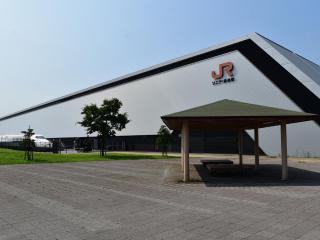
Port
SCMAGLEV and Railway Park
SCMAGLEV and Railway Park is a museum filled with dreams and memories of each generation. Opened March 14, 2011, this establishment introduces the evolution of high-speed railway technology through train car exhibits from local trains to the Superconducting Maglev train with a focus on the Tokaido Line bullet trains. You can learn about the workings of railroads and the progress of their histories through things like detailed railroad dioramas and bullet train driving simulators. See More
SCMAGLEV and Railway Park is a museum filled with dreams and memories of each generation. Opened March 14, 2011, this establis…See More
-
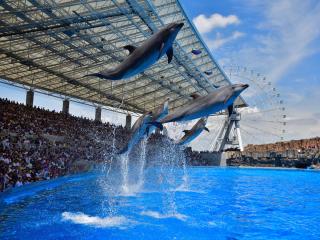
Port
Port of Nagoya Public Aquarium
This amazing aquarium's got it all! The South Building is centered around the theme of A Tour Through Antarctica, introducing the creatures and habitats of five areas along Antarctic icebreaker Fuji's expedition to the Antarctic from Japan. In the North Building, the theme is 3.5 Billion Years Back in Time: Creatures who Came Back to the Sea. Encounter bottlenose dolphins, belugas whales, and other animals who actually once lived on land! The nearby Main Pool—the largest in Japan—offers performances for extra insight into the lives and behaviors of our sea friend from stands seating approximately 3,000 people. See More
This amazing aquarium's got it all! The South Building is centered around the theme of A Tour Through Antarctica, introducing the…See More
-
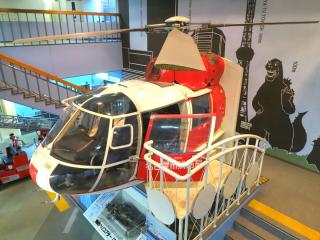
Port
Nagoya City Port Disaster Prevention Center
The Nagoya City Port Disaster Prevention Center is a facility where visitors can learn about disasters and disaster preparedness through various exhibits, workshops, and virtual experiences. Visitors can experience simulated earthquakes, typhoons, tsunamis, and smoke evacuation scenarios using 3D technology. The center aims to raise awareness about the realities of disasters and teach effective ways to respond and cope with emergencies. See More
The Nagoya City Port Disaster Prevention Center is a facility where visitors can learn about disasters and disaster preparedness …See More
-
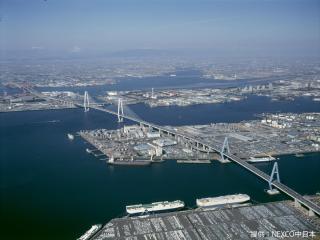
Port
Nagoya Port Toriton
The nickname for the three cable-stayed bridges (Meiko Higashi-ohashi Bridge, Meiko Chuo-ohashi Bridge, and Meiko Nishi-ohashi Bridge) between the Tokai IC and Tobishima IC on the Isewangan Expressway. Among the world's largest cable-stayed ocean bridges, they are often one of the points people want to see on sightseeing boat courses. The main towers on each bridge are colored blue, white, and red respectively. They were completed on March 30, 1998, after eight years of construction. See More
The nickname for the three cable-stayed bridges (Meiko Higashi-ohashi Bridge, Meiko Chuo-ohashi Bridge, and Meiko Nishi-ohashi Br…See More
-
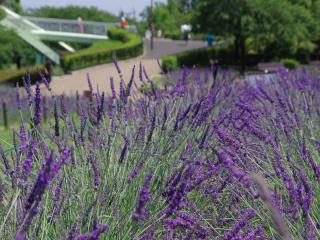
Port
Arakogawa Park
This is a park where you can enjoy beautiful scenery throughout the year. It is located near the mouth of the Arako River and stretches along both sides of the river. The park is filled with various green demonstration gardens and open spaces, making it a lush and green place to visit. One of the highlights is the "Lavender Garden" in Arako River Park. Here, you can see purple flowers swaying in the wind and experience a subtle and pleasant fragrance. They hold a special event called the "Lavender Fair" during the blooming season. Throughout the year, the park offers other attractions too. In spring, cherry blossoms bloom in all their glory, and in autumn, various trees display their vibrant fall colors. It's a wonderful place to enjoy the changing scenery with the passing of each season. See More
This is a park where you can enjoy beautiful scenery throughout the year. It is located near the mouth of the Arako River and str…See More
-
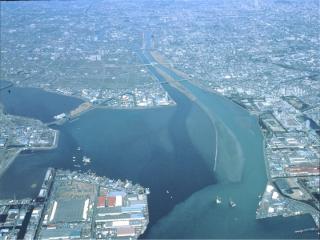
Port
Fujimae Higata
Preserving Precious Nature in a Big City The Fujimae Tidal Flat, located in the innermost part of Nagoya Port at the mouth of the Shonai, Shinkawa, and Nikko Rivers, stands as one of Japan's leading destinations for approximately 40 species of sandpipers and plovers. At one point, it faced the threat of being turned into a landfill site, however, this plan was ultimately canceled. In 2002, the site was registered as a wetland under the Ramsar Convention, earning recognition as an internationally important tidal flat. See More
Preserving Precious Nature in a Big City The Fujimae Tidal Flat, located in the innermost part of Nagoya Port at the mouth of th…See More
-
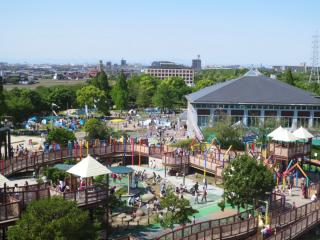
Port
Todagawa Children's Land
Let's have fun and move our bodies in nature! "Todagawa Kodomo Land" is the only "large-scale children's center" in Nagoya with a vast area of approximately 1.7 hectares. It's a popular spot for families located within the rare natural environment of the Toda River Greenery. Outdoors, there are large wooden play structures such as Tarzan ropes and net crossings (barrier-free accessible), play equipment for toddlers, a water play area, and an observation tower. Inside the main building, daily workshops using everyday materials are held. On weekends, there are parent-child cooking classes (reservation required) and various events like theater performances and concerts. Moreover, they offer plans that cater to parents as well, including workshops on infant and toddler nutrition, parenting salons, and consultations for children provided by specialized counselors in child welfare and psy… See More
Let's have fun and move our bodies in nature! "Todagawa Kodomo Land" is the only "large-scale children's center" in Nagoya with …See More
-
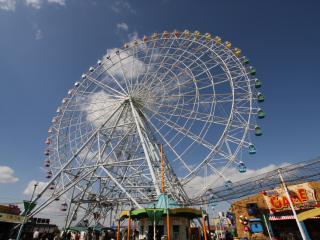
Port
Nagoya Port Sea Train Land
This amusement park offers various attractions, including a Ferris wheel and other thrilling rides. One of the main crowd favorites is the interactive digital gaming and immersive video experience known as "Digital ASOBU." Visitors thoroughly enjoy this unique and popular activity at the park. See More
This amusement park offers various attractions, including a Ferris wheel and other thrilling rides. One of the main crowd favorit…See More
-
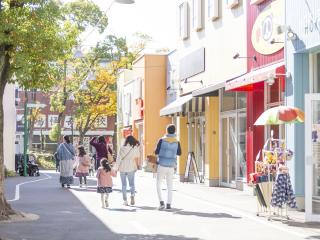
Port
Maker's Pier
Maker's Pier is an entertainment space that makes people feel energetic and active through the act of creating, in a way that can only be experienced here! There are also around 40 different shops and restaurants. There is a water fountain show every hour that combines light, water, and music. See More
Maker's Pier is an entertainment space that makes people feel energetic and active through the act of creating, in a way that can…See More
-
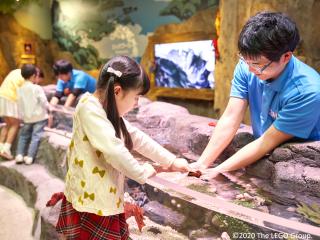
Port
SEA LIFE Nagoya
SEA LIFE Nagoya is a hands-on aquarium located in the LEGOLAND® Japan Hotel, letting you "see, touch, and learn". SEA LIFE was created with the intent of sparking in children an interest in the ocean by touching its creatures and learning about their ways of life at locations in over 50 places around the world. It is divided into 11 zones with distinct themes. Going through a tunnel, you find yourself in lavishly colorful worlds such as that of the Japanese fairy tale zone of Urashima Taro's visit to the dragon's underwater palace, a zone where you proceed through a sunken ship, a tropical ocean zone with tons of rays swimming all around, a zone in which you can touch inhabitants of the sea, and more. Workshops, Ranger Mission Packs, backyard experience tours, and many hands-on programs are also available. See More
SEA LIFE Nagoya is a hands-on aquarium located in the LEGOLAND® Japan Hotel, letting you "see, touch, and learn". SEA LIFE was cr…See More
-

Western Area
Nagoya City Hideyoshi Kiyomasa Memorial Hall
The exhibition items are mainly related to the acts of Toyotomi Hideyoshi and items regarding the era, from the period when Toyotomi Hideyoshi served under Oda Nobunaga until when the Toyotomi Family was defeated at the Summer Battle of Osaka Castle. The exhibitions regarding warlords born in the Owari region including Kato Kiyomasa are also held. Several video programs are available to visitors. See More
The exhibition items are mainly related to the acts of Toyotomi Hideyoshi and items regarding the era, from the period when Toyot…See More
-
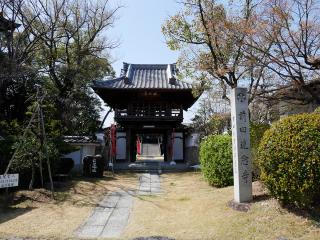
Western Area
Maeda Sokunenji (Maeda Castle Ruin)
This location is believed to be the origin of the Maeda clan. It houses the tomb of Maeda Kojuro, the former lord of Maeda Castle, along with the tombs of successive generations of the Maeda family and a monument dedicated to Maeda Village. The gate's signboard bears the name "Baionji Temple," and the area is adorned with the Maeda family crest, a plum blossom pattern (known as the plum flower in a bowl). Regarding Toshiie Maeda's origin, there are two theories: one suggests he was born at this Maeda Castle and moved to Arako Castle at the age of seven, while the other proposes that he was born and raised in Arako Castle. However, the authenticity of these theories remains uncertain. See More
This location is believed to be the origin of the Maeda clan. It houses the tomb of Maeda Kojuro, the former lord of Maeda Castle…See More
-
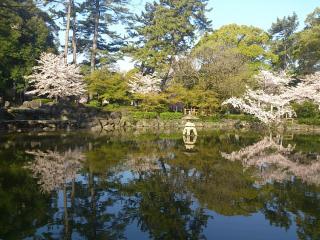
Western Area
Nakamura Park
A Japanese-style park where you can enjoy the waterside Nakamura Park was established based on the Hokoku Shrine, which was established in 1885 to celebrate the birth of Taiko (retired imperial advisor) Toyotomi Hideyoshi. The park contains a Japanese style garden with a path around a central pond, mounds and trees. The park also has the Toin Tea Room, which is a fragrance garden and is known as a scenic spot for wisteria. In addition, there are Nakamura Park Culture Plaza, containing the Nagoya Hideyoshi & Kiyomasa Memorial Museum, which introduces Hideyoshi and Kato Kiyomasa, a warlord born in the Owari district, and the era in which they were actively involved; Nakamura Shogekijo (little theater); and Nakamura Library. The Taiko Festival is held at Hokoku Shrine on May 18 annually. See More
A Japanese-style park where you can enjoy the waterside Nakamura Park was established based on the Hokoku Shrine, which was es…See More
-
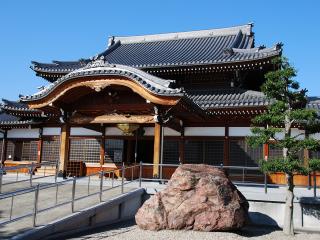
Western Area
Arako Kannon Temple
Arako Kannon Temple (Jokaizan Enryuin Kannonji Temple) is one of the four major Kannon temples in Owari, and is a Tendai Sect temple named Kannonji. It is also famous for housing 1,250 Buddhist statues made by Enku. Arako Kannon Temple is said to have been built in 729, and was repaired by the lord of Kaga, Maeda Toshiie, in 1576. The tahoto (two-storied pagoda) was reconstructed in 1536, and is the oldest wooden structure in Nagoya. It has been designated as one of the nation's important cultural properties. See More
Arako Kannon Temple (Jokaizan Enryuin Kannonji Temple) is one of the four major Kannon temples in Owari, and is a Tendai Sect tem…See More
-
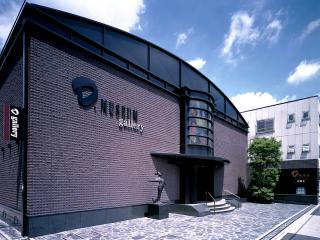
Western Area
Currently Closed
D. Museum (Daiichi Museum)
A fine arts museum with the foremost glass collection in the Chubu region A glass art museum that opened in May 1997 with the aim of being a different kind of art museum. The permanent exhibition is made up of Arts Nouveau pieces, including pieces by late 19th century artist Emile Galle that were shown at the world fair, and powerful works by Dale Chihuly, the foremost pioneer of modern glass art and America's first Living National Treasure. Get a taste of each of these cultures through works by contemporary and modern masters. There are also special exhibitions and introductions of up-and-coming artists from around the world. See More
A fine arts museum with the foremost glass collection in the Chubu region A glass art museum that opened in May 1997 with the …See More







